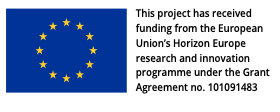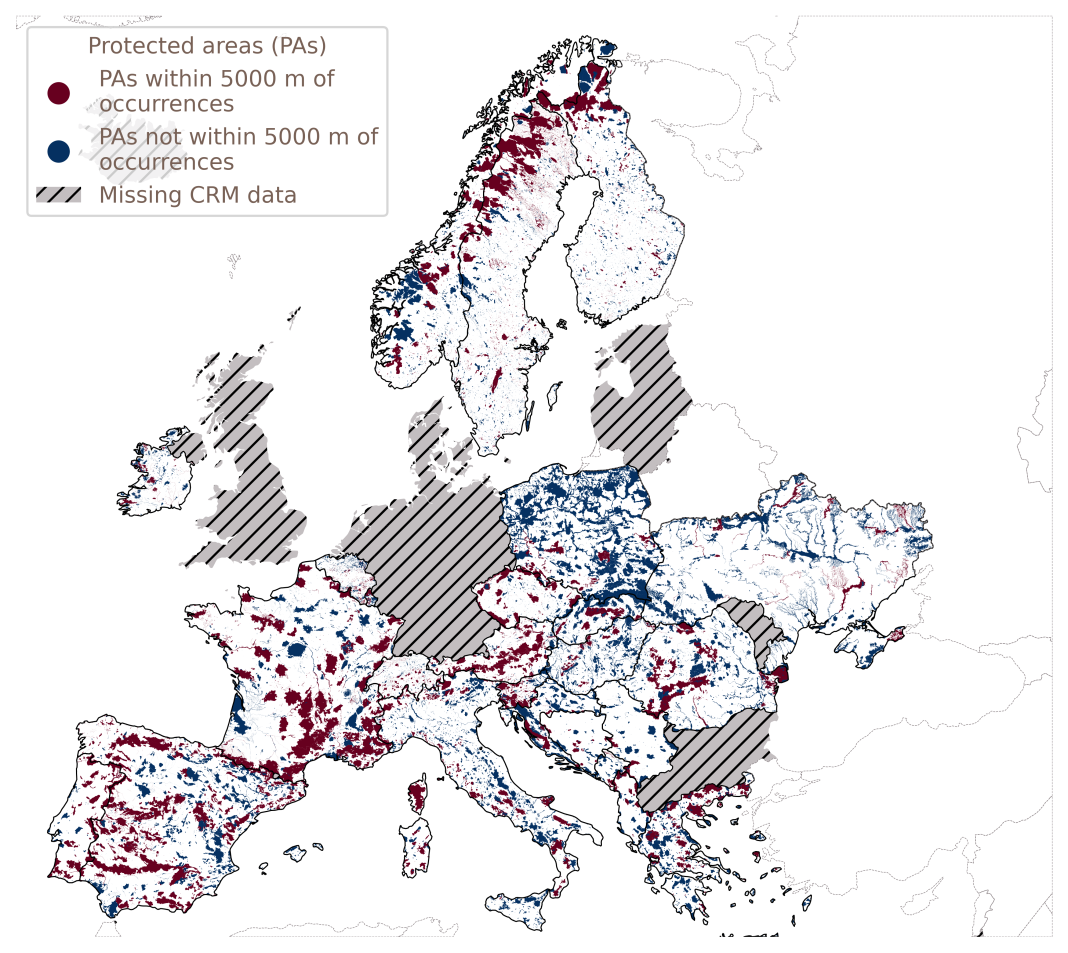W. Eberhard Falck and Vitor Correia of the International Raw Materials Observatory examine the EU’s challenges in securing mineral raw materials while protecting the environment and ensuring democratic governance
The European Union faces an unprecedented dilemma in securing its mineral raw materials supply while protecting its environment. The 2024 Critical Raw Materials Act (CRMA) represents a turning point, marking a fundamental shift from market-oriented approaches towards strategic interventionism in response to mounting supply chain vulnerabilities.
From market reliance to strategic intervention
Europe’s mineral raw materials journey began in the 1970s with growing opposition to domestic mining and subsequent disinvestment in European mines. Driven by heightening environmental standards, mining activities transferred to developing countries, enabled by liberal trade policies. This arrangement initially appeared beneficial: European industry secured cheaper raw materials, developing countries gained economic opportunities, and European politicians claimed credit for domestic environmental achievements.
However, China’s accession to the World Trade Organisation in 2001 fundamentally disrupted this equilibrium. Within a decade, China transformed into an industrial powerhouse and the world’s largest raw materials importer, creating new competition with Europe, Japan, and the US. This shift exposed Europe’s vulnerability, with the European Commission’s 2010 working group highlighting significant supply chain risks. Yet it took fourteen years to implement comprehensive legislation through the CRMA, reflecting the EU’s traditional preference for market-based solutions over regulatory intervention.
The environmental paradox
The CRMA’s ambitious objectives face formidable implementation challenges. Research from the Horizon Europe project CIRAN reveals that 85% of Europe’s critical mineral raw material occurrences are located either beneath environmentally protected areas or within a 5km radius of them (Fig. 1). This spatial constraint creates an unprecedented governance challenge, particularly when combined with the Nature Restoration Law’s requirement to restore at least 20% of EU land and sea areas by 2030.
This paradox lies at the heart of Europe’s mineral raw materials challenge: the fundamental tension between EU-level strategic objectives and local community interests. The CRMA’s non-binding benchmarks – 10% domestic extraction, 40% processing, and 25% recycling by 2030 – appear increasingly ambitious given these environmental constraints and coordinated opposition from environmental groups and local communities.
Beyond technical solutions: The social licence challenge
Public acceptance, rather than technical or economic feasibility, has emerged as the decisive factor determining mining project success in Europe. Communities often resist projects, fearing permanent damage to their ecosystems and ways of life. This resistance reflects deeper concerns about procedural fairness, institutional trust, and the disconnect between global material consumption and local environmental consequences.
The concept of social licence to operate requires fundamental adaptation to European contexts characterised by higher institutional trust, comprehensive regulatory frameworks, and strong environmental consciousness. Traditional approaches relying on technical assessments and expert consensus have proven insufficient to address value-based opposition rooted in place attachment and environmental protection priorities.
Technological innovation as a bridge
The development of ‘invisible mining’ technologies offers promising pathways to reconcile resource security with environmental protection. These technologies, characterised by robotics, miniaturisation, and low-impact extraction methods, could address many concerns associated with traditional mining practices.
However, technological innovation alone cannot resolve fundamental governance challenges. The transition to a new mining paradigm requires comprehensive and integrated resource recovery principles and materials-as-a-service business models. These innovative approaches must be coupled with new forms of social contracts that recognise local values while providing genuine opportunities for community influence over project development and management.
Innovative social contracts
Community Development Agreements have been flagged by the EU-funded research project CIRAN as crucial instruments for building social acceptance. Successful implementation requires moving beyond consultation towards participatory governance approaches that recognise communities as co-creators of mining governance rather than passive recipients of corporate social responsibility initiatives.
Knowledge co-creation and creative definitions of modern social contract models in the EU can represent a paradigm change, identifying rights, obligations, and responsibilities of governments and communities affected by mining. These contracts must incorporate mechanisms for meaningful local participation, transparent benefit-sharing,
and long-term commitments to environmental stewardship extending beyond mine closure.
Strategic recommendations
Governance architecture reform: The CRMA’s implementation requires coordinated action across multiple governance levels, addressing current fragmentation of responsibilities. Enhanced coordination mechanisms must balance EU strategic objectives with member state autonomy and local democratic participation.
Financial innovation: Traditional feasibility assessments must evolve to incorporate comprehensive resource recovery principles and circular economy approaches. Price floor mechanisms for European-extracted critical raw materials could provide investment certainty necessary to compete with subsidised operations elsewhere.
Technological investment: Systematic investment in robotics and automation research, coupled with comprehensive workforce retraining programmes, can position Europe as a global leader in sustainable mining technologies. The creation of invisible mines will shift workforce competencies towards more advanced cognitive domains.
Circular economy integration: The convergence of mining and recycling operations through materials- as-a-service business models can transform time-limited extractive operations into long-term commitments to regional development.
The path forward
Europe’s critical raw materials challenge reflects broader tensions in contemporary governance between global imperatives and local democratic participation. Success in implementing the CRMA will depend not only on technological innovation and policy coherence but on fundamental changes in how society conceptualises the relationship between resource extraction and environmental stewardship.
The path forward requires acknowledging that Europe’s mineral raw materials challenge cannot be resolved through traditional approaches. Instead, it demands innovative integration of technological advancement, governance reform, and social innovation –creating new models of resource stewardship that can serve as templates for sustainable development in the 21st century.
Ultimately, Europe’s response to its critical raw materials challenge will shape not only its industrial competitiveness and environmental sustainability but also its capacity to demonstrate that democratic governance can effectively address complex, multi-scale challenges in an interconnected world. The CRMA represents an important first step, but its success will depend on the courage to embrace systemic change and the wisdom to build solutions that honour both strategic necessities and democratic values.



